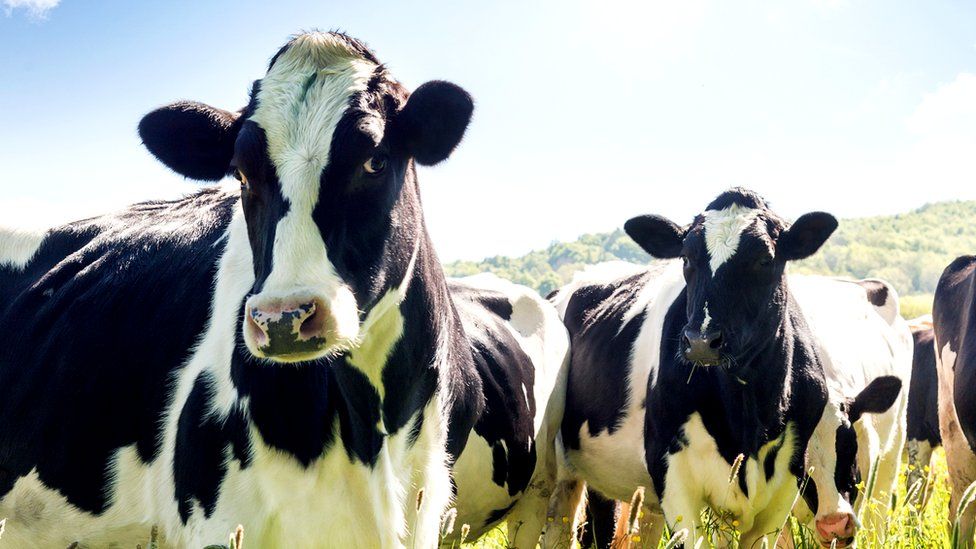Shabaab fighters display weapons as they conduct military exercises in northern Mogadishu, Somalia, on Oct. 21, 2010.
Farah Abdi Warsameh/AP
Skip to next paragraph
Related Stories
"The idea to create an autonomous region near the Kenyan border is hinged on the reason that it will prevent the movement of al Shabaab extremists within the region.The Jubaland initiative has a long history. A Wikileaks cable (see item 6) shows Kenyan support for the idea in early 2010 (via @slowfalling), and “Kenya has been pouring money [and] supplies into the Jubaland area for some time to fight [al] Shabaab.” But momentum toward the creation of an official state picked up with a seven-day conference last week that culminated in the formalization of Jubaland/Azania. Now it remains to see how Jubaland will negotiate its relationships with the TFG, with Kenya, and with the rest of Africa.
As the conference ended on Sunday, it was not clear whether the Kenyan Government supported the election but recent WikiLeaks revelations showed that the country supported the creation of an autonomous region near its border with Somalia to prevent the flow of illegal arms.
The meeting had been opposed by both Ethiopia and Djibouti, who argue that creating autonomies in the war-torn country could inspire further insurgency by other regions or degrade the gains made by the TFG."
Commenter James Gundun, responding to an earlier piece, leaves us with some questions and issues to think about:
Jubaland has been in the works for years – forming a presidential cabinet electing a parliament is expected – although it’s difficult to say what comes next. While TFG officials attended the week-long conference before appointing Mohamed Abdi Gandhi, how much overlap are they willing to cede to Kenya? This arrangement can squeeze al-Shabab through local governance and attempt to remedy the refugee crisis, but friction may easily develop between Nairobi and the TFG. Ethiopia also opposes the formal recognition of Jubaland, citing fears of increased insurgency, as it monitors the newly-created Shabelle Valley administration and aspiring Somali Central State. Positive interplay between the TFG, Kenya, and Ethiopia is vital to stabilizing Somalia.What do you think? Will this move hurt or help al Shabab, or make no substantive difference?
– Alex Thurston is a PhD student studying Islam in Africa at Northwestern University and blogs at Sahel Blog.


No comments:
Post a Comment